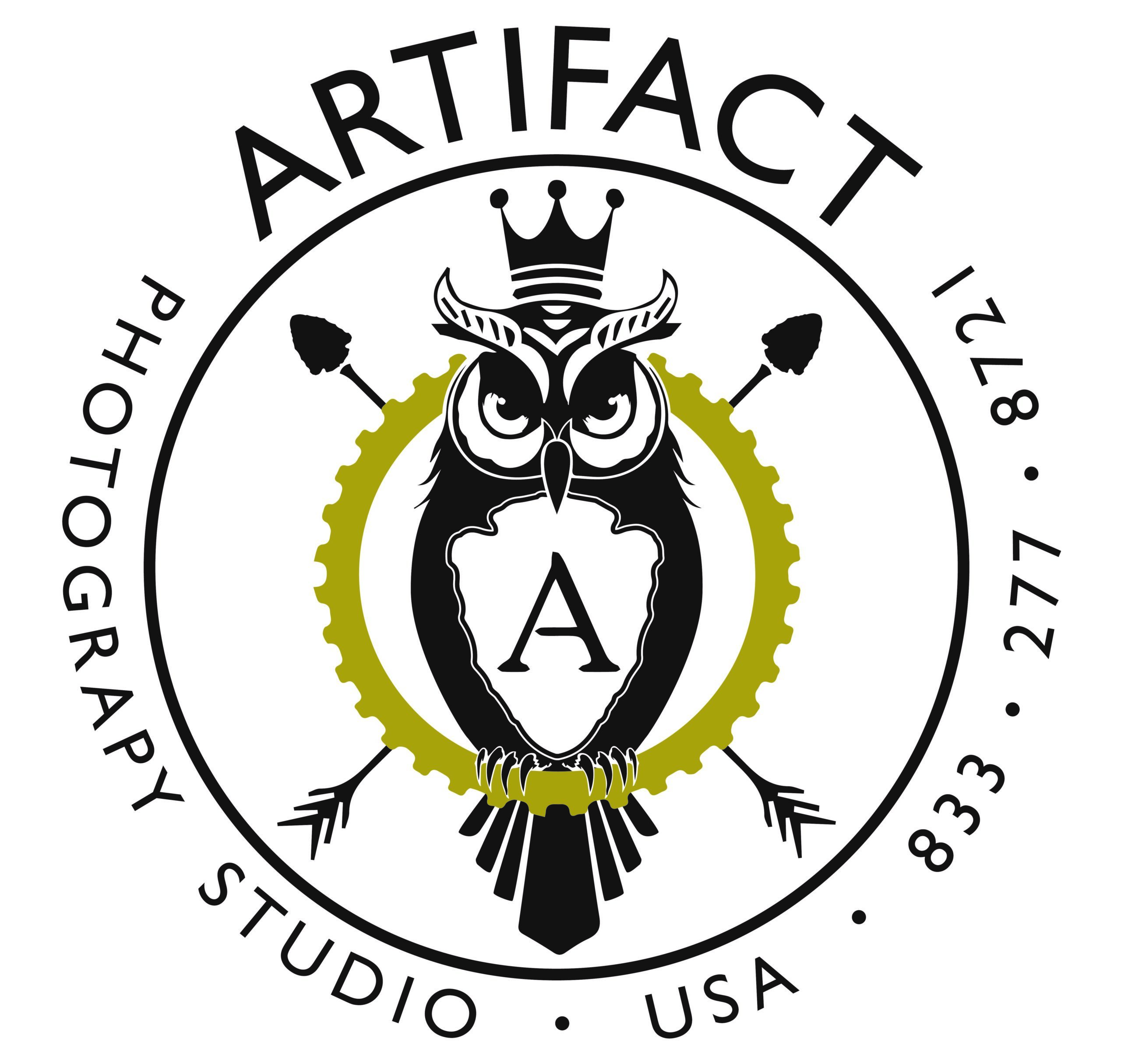There is a vast difference between taking a picture and making a photograph.
-Robert Heinecken

Old Masters refers to a group of renowned European painters that spanned the time period of roughly 1300 to 1800, from the early Renaissance through the Romantic movement. Some instantly recognizable names of Old Masters are Rembrandt van Rijn, Leonardo da Vinci, Michelangelo, and Caravaggio, to name only a few.
When perusing through a collection of Old Masters’ paintings, frequently the backgrounds are deep brown and textured giving an overall warmth to the scene. Brown and helps colors such as white, ivory, orange red and gold to pop on the canvas. Brown does not have a spot on the color spectrum. The color is made by mixing red (or orange), yellow and black (or blue).
The color brown is reportedly the least favorite color of the general public and yet a section of the Old Masters’ portraitists found that earthy brown enabled brighter colors to pop on a canvas. As for me, brown is the color of a few of my favorite things: chocolate, coffee, oak barrels (especially when aging red wine), yummy carbolicious russet potatoes, the beautiful Sonoran desert and raptors, in particular owls.

Rembrandt, Caravaggio and van Dyck, among others, employed a style of painting called chiaroscuro. This effect has a monochrome look where the subject’s wardrobe matches the background so that the subject’s features illuminate out of the darkness. The most popular color for creating this effect is brown.
The most difficult part of painting for me is selecting the colors for the project. Without a plan in place the paint sample display at a retail store will look like a big confusing grid of color. To hone in on the best colors for your project it is really helpful to have a color reference in hand to either make a match to the free color samples, or have the paint retailer run a color match.
When I initially thought I was painting one double-sided backdrop I agonized over the colors. The painterly style photographs I make generate the biggest buzz. Many of those images were photographed on textured gold and red backdrops. I wanted a darker option that was not too black and not too brown, but just right.

I like photographing clients against a black V-Flat, which is a polystyrene board. In a photograph it looks like more of a charcoal gray gradient than solid black. My sister, Juliette advised that the best way to compare colors is to take the reference material into the sun and compare it to the paint sample cards to identify the best match. So that’s what we did. After viewing the polystyrene board in the sun, the paint we selected had a blue cast to the black, which I did not anticipate. The color brown that we chose is a Behr flat interior paint called espresso bean. It is definitely a rich brown that has a black undertone to it.

My big mistake right from the get go is that I inadvertently purchased an oil based primer. I didn’t know that oil-based primers were still available to purchase. I was a little confused when I tried to thin the primer with water and the primer wouldn’t mix with the water. This was a bit of a head scratcher for me. And I’m embarrassed to say I didn’t figure it out until after I completed painting both sides of the backdrop using a whopping two gallons of primer on the 12×15 canvas. This also means that the primer alone on the canvas weighs in at a little less than 20 pounds.
I woke up one morning and the first thing that popped into my brain was that I had somehow purchased an oil-based primer instead of latex. And that’s why the oil and water weren’t mixing together into a smooth emulsion. Plus the oil primer has a strong aroma, much more so than latex paint. Doh! Sure enough, when I checked the empty can it clearly read oil based primer on the label.

The problem is that over the long haul latex paint may not adhere to an oil-based primer. I couldn’t get a clear answer from multiple sources on whether the paint will indeed peel over time. Unfortunately, the part of the backdrop that flows onto the floor is peeling a bit already from normal wear and tear of furniture movement during photoshoots. So while the oil primer was a mistake, perhaps even a regrettable one over the long haul, I do think the oil primer lent a richness to the finish that is clearly different from the acrylic over acrylic backdrops that I painted.
Despite my whopper of a mistake, I am really happy with how this backdrop turned out. The rich brown is a neutral color, which means all warm colors look great against it as do most of the cool colors, especially the lighter hues.





